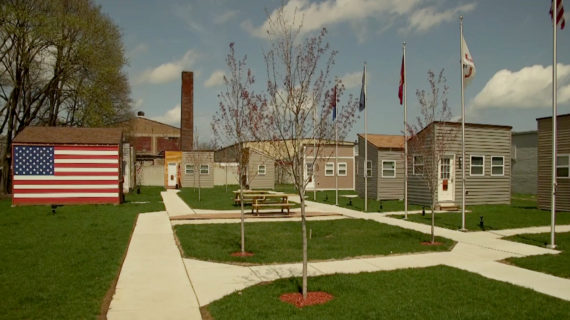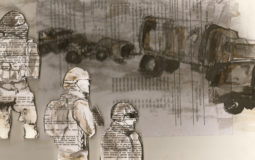CHARACTER
In sharing your personal story, typically you are a “character,” as is anyone you encounter as you tell your story (e.g. your mother, the neighborhood bully, your best friend, your dog Stanley). Details make your characters come alive. Describe physical features, age, clothing, body movement, habits and mood. Explain how your characters treated others, their actions or how they made you feel. If you remember conversations with your characters, use dialogue.
BEGINNING-MIDDLE-END
It’s easy to forget that good stories have a beginning, middle and end. Within that, typically some form of “conflict” is set up that prompts the audience to root for the character (that’s typically you, when it’s your personal story!). The conflict might be with another person in your story, but it can also be with nature, society, yourself, technology, etc. Try to avoid an ending to your story that meanders or trails off.
EMOTION
A compelling story makes us feel something. Shared human emotion connects us to stories and one another far more effectively than lists of facts and linear events. The emotion present in your story need not solely be happiness and celebration. Often, great stories present a range of emotion — sadness, humor, frustration, failure, triumph — similar to the range of emotion we feel every day.
FORM
When a story is shared on the web — the home of WPT Story Lab — it invites the use of a variety of media elements. You can submit your story in many or a combination of forms: written prose or poetry, audio recording, video, a series of photographs, a cartoon panel or illustration. Because the web is inherently a visual medium, if you submit a written or audio story, it helps if you add an accompanying visual element, like a photograph. And if you need help with this, folks here at the Story Lab can assist you!
HONESTY
Great stories are honest. When they are based on personal memory, of course we want them to be as close to the truth as possible. But “honest” stories are also sincere. If we are telling a story about the past, we sometimes feel pressure to represent only the happy, joyful or beautiful elements. But the past is as complicated as we are, and conveying that complexity makes a story pop.
PLACE
It is rare that a story isn’t rooted in a place or geography: your city block, the beach, your first grade classroom, the bedroom closet in which you created a cozy reading nook. Similar to characters in your story, make this place come alive. Use all of your senses: what does it look like, how does it sound and smell? What are its textures? How does it make you feel?
RELATABILITY
Even when a story is very personal, it should contain some element that a broad audience can relate to. This can be accomplished in a number of ways, including how you use some of the above elements like character, emotion or place.
RESPECT
Stories convey respect. They can contain dissent, but a good story typically isn’t a rant about an issue over which you feel passionate. In addition, when telling true stories with people you remember from your past, try to represent them faithfully.
SCOPE & SCALE
A good personal story doesn’t need to cover years or a lifetime. It can be as small as a moment and still be rich and effective, as long as it has a beginning, middle and end. Think about how you will define scale and scope as you tell your story.
 Passport
Passport












Follow Us